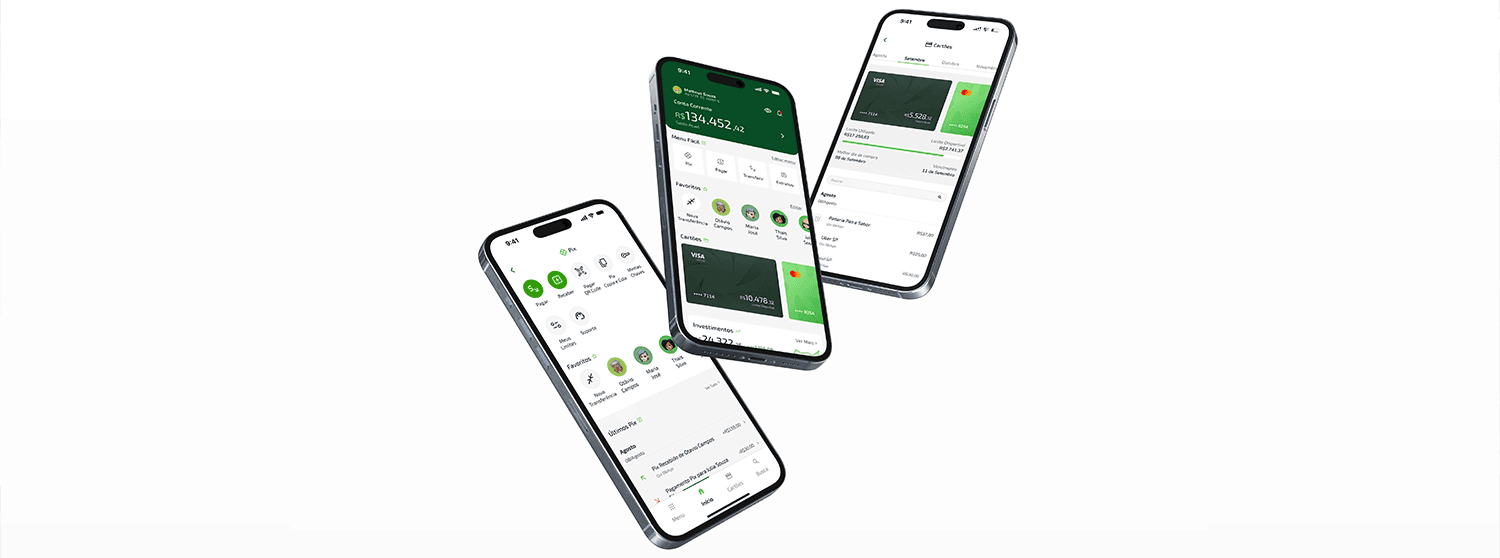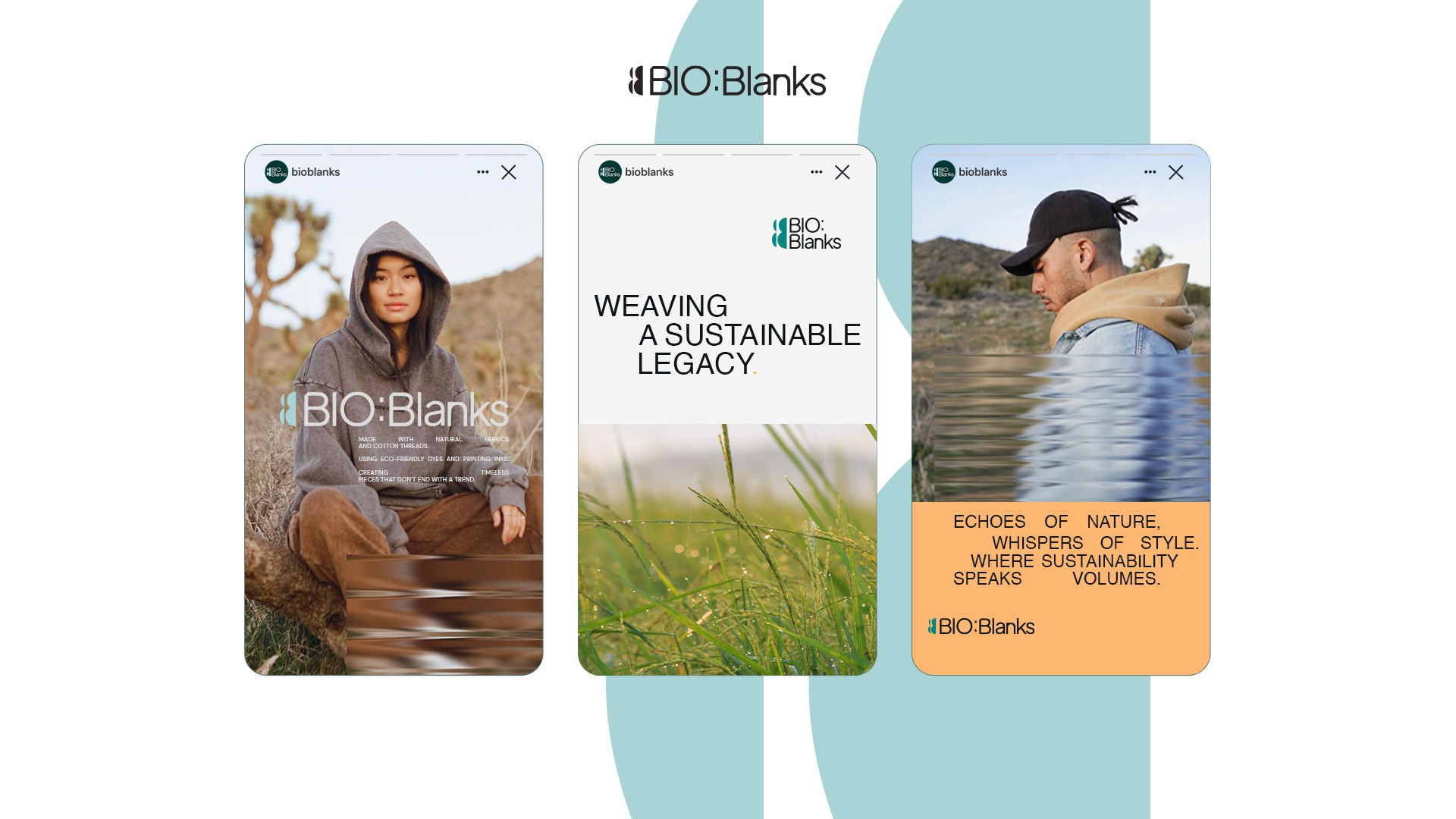Unveiling User Research Methods: A Comprehensive Guide for Product Designers
AI Generated Image
As a product designer, I've learned that understanding your users is paramount. User research isn't just a box to tick; it's the cornerstone of creating products that truly resonate with people. There are various methods, each with its unique strengths and challenges.
Qualitative vs. Quantitative Data: Two Sides of the Same Coin
Qualitative Data: The 'Why' Behind User Behavior"
Qualitative research is all about understanding the 'why'. It's based on observations and typically involves a smaller number of users. I remember conducting in-depth interviews for a mobile app project. The insights we gained about user motivations were eye-opening and led to significant improvements in the app's design.
Quantitative Data: Measuring the 'What'
Quantitative research, on the other hand, is about numbers and measurements. It helps understand how the majority of users experience a product. Surveys are great for this. In a recent project, we surveyed over 1,000 users, which gave us solid data on feature preferences and usage patterns.
AI Generated Image
Conclusion: The Ever-Evolving Landscape of User Research
User research is not a one-size-fits-all endeavor. As technology and user behaviors evolve, so too must our research methods. The key is to remain flexible, curious, and always focused on the end goal: creating products that truly serve and delight users.
By embracing a mix of research methods and being mindful of our biases, we can uncover insights that lead to innovative, user-centered designs. Remember, at the heart of every great product is a deep understanding of the people who use it.



